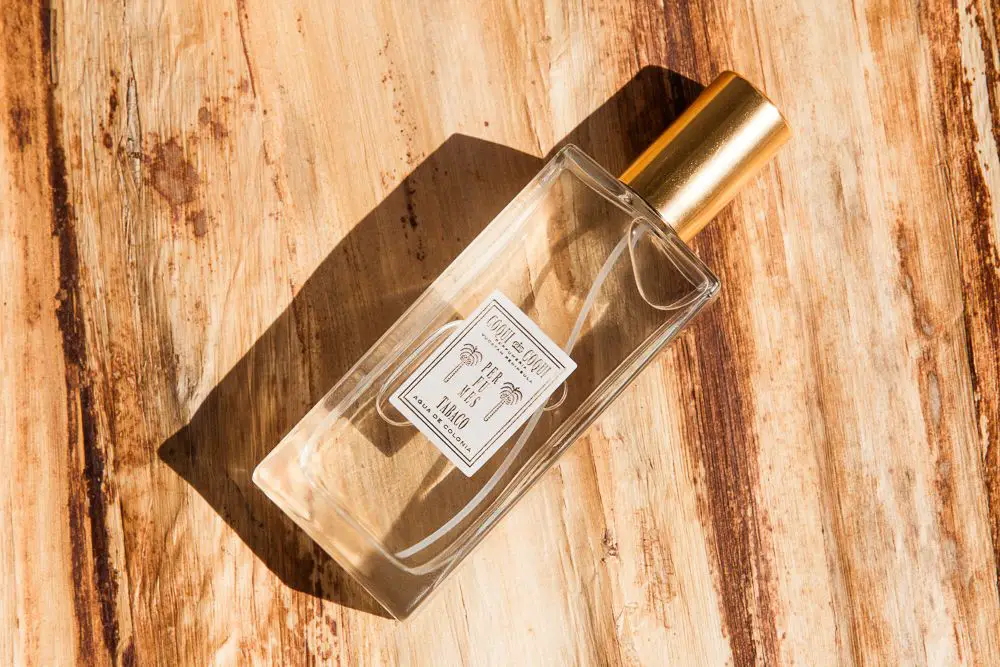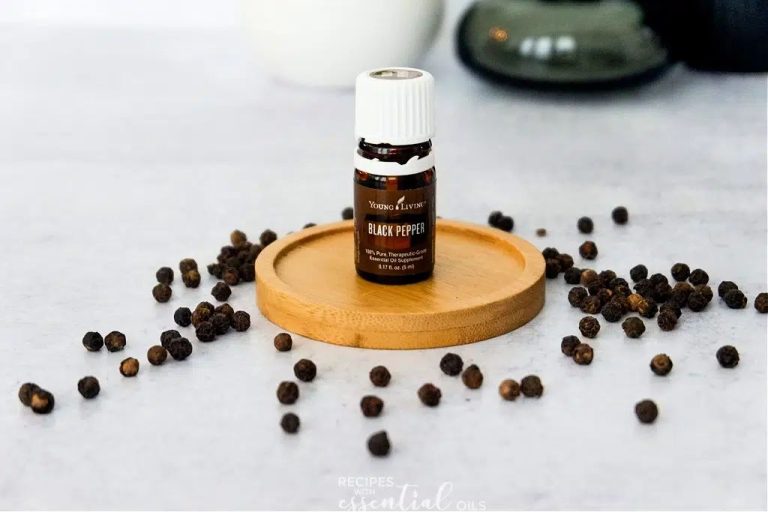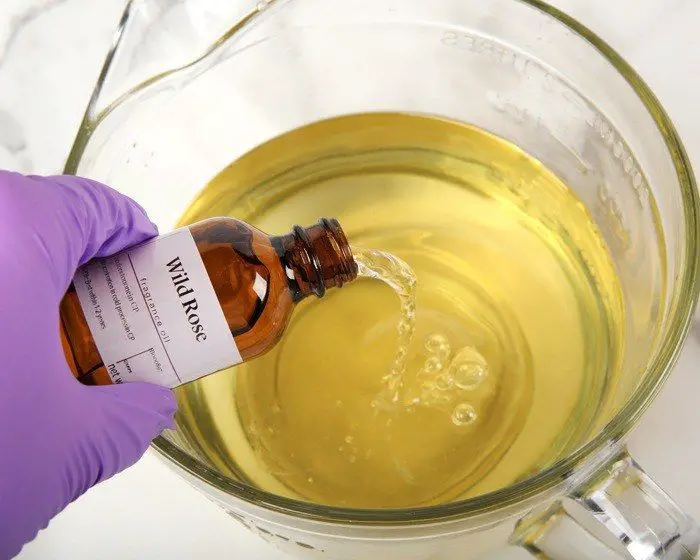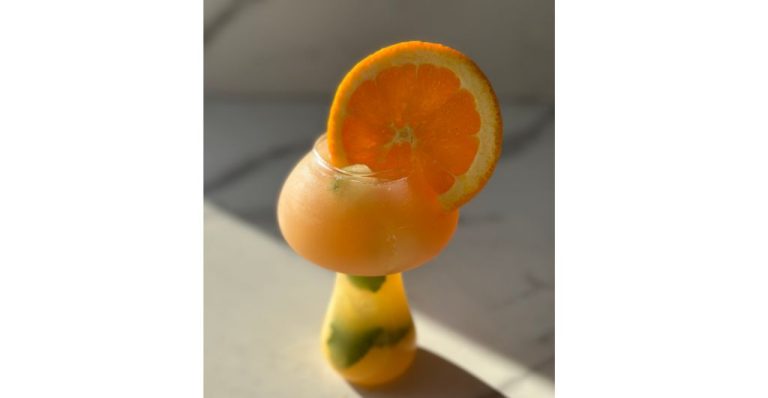Are Tobacco Perfume Good?
Tobacco perfumes refer to fragrances that contain notes of tobacco leaf extracts or tobacco fragrance accords. Tobacco has a long history of use in perfumery. Its origins can be traced back to the indigenous cultures of America, where tobacco was widely cultivated and used long before the arrival of Europeans, as explained in this article on tobacco in perfumery. The tobacco plant, Nicotiana tabacum, was brought to Europe in the 16th century and quickly gained popularity as a luxury item and recreational substance. The distinctive scent of tobacco led some perfumers to experiment with tobacco extracts and accords in their fragrances.
While tobacco perfumes have existed as niche and bespoke fragrances for centuries, they have seen a recent rise in popularity, especially in men’s fragrances. Iconic tobacco fragrances like Tobacco Vanille by Tom Ford have sparked new interest in the tobacco note. Perfumers continue to explore new facets of the tobacco accord, often pairing it with vanilla, spices, and woods to create rich, masculine oriental fragrances. The tobacco note adds a smooth, sweet, slightly narcotic nuance that is very attractive in small doses. When skillfully balanced, tobacco fragrances can evoke feelings of warmth, intimacy and sophistication.
Allure of Tobacco Perfume
The note of tobacco adds a very distinctive smell to perfumes. While the scent of burning tobacco can be quite unpleasant, the raw tobacco leaf itself has an alluring sweet, earthy, and lightly spiced aroma (1). When extracted and blended into a fragrance, tobacco notes often impart a subtle smoky richness and a sensual, almost addictive quality.
The controversy surrounding tobacco’s role in cigarettes and health concerns has not diminished its intrigue as a perfume ingredient. In fact, the provocative and taboo nature of tobacco likely enhances its appeal. There is something undeniably seductive about tobacco scents, evoking images of dark, smokey lounges, and an air of danger or sophistication (2). Many find tobacco fragrances irresistible despite the negative associations of cigarettes.
The tobacco note allows perfumers to explore bold new facets not easily replicated with other ingredients. While potentially divisive, its uniqueness and daring reputation help drive interest and fascination with tobacco-based perfumes.
Sources:
(1) https://perfumesociety.org/ingredients-post/tobacco/
(2) https://www.reddit.com/r/fragrance/comments/ui1oxy/what_are_your_thoughts_about_tobacco_perfumes/
Tobacco Leaf Ingredients
Many tobacco perfumes contain extracts from tobacco leaves to evoke the distinctive tobacco scent. These extracts are derived from various types of tobacco plants, with each providing their own unique aroma profile:
Nicotiana Tabacum – The most commonly used tobacco plant. Leaves produce heavier, richer notes often described as dry, nutty, or woody.
Nicotiana Rustica – Imparts lighter, greener notes more reminiscent of the tobacco plant itself. The leaves have lower nicotine content.
Perique Tobacco – Fermented tobacco leaves from Louisiana grown using traditional methods. Provides sweet, spicy nuances.
Shade Tobacco – Grown under tents to produce leaves with enhanced sweetness. Used in small amounts to round out blends.
Responsible perfume brands source tobacco leaves ethically from regulated growers. This avoids health risks and environmental damage associated with unregulated tobacco farming. While tobacco leaf extracts themselves contain minimal to no nicotine, reputable suppliers further process the raw tobacco to remove impurities and any potential nicotine residue.
Other Notes and Accords
Tobacco notes are commonly blended with several other fragrance accords to create complex and distinctive tobacco perfumes. Some of the most popular notes used alongside tobacco include:
- Woody notes like cedar, sandalwood, vetiver – these add an earthy, grounded dimension (Source)
- Spicy notes like cinnamon, clove, black pepper – these accentuate the natural spiciness of tobacco (Source)
- Sweet notes like vanilla, tonka bean, dried fruits – these soften and sweeten the tobacco aroma (Source)
Overall, tobacco-based perfumes tend to have a warm, sweet, spicy, and slightly smoky scent profile. The tobacco gives a rich, narcotic, masculine base while the complementary notes provide nuance and prevent the tobacco from being too overpowering. Well-blended tobacco fragrances are smooth, multifaceted, and evocative.
Reviews of Popular Tobacco Perfumes
Tobacco perfumes have seen a resurgence in recent years as perfumers explore the complex, rich notes that tobacco absolute and tobacco leaf extracts can provide. Some of the most popular tobacco fragrances include:

Montecristo by Masque Milano – Inspired by the famous Cuban cigar brand, this perfume opens with a blast of tobacco leaf, rum, and honey. It dries down to warm, smoky tobacco, vanilla, and leather notes. Fans say it’s a smooth, sophisticated tobacco scent.
Tobacco Vanille by Tom Ford – This sweet, spicy fragrance combines tobacco leaf with spices like cloves and cinnamon. It has rich vanilla and tonka bean notes to temper the tobacco. Reviewers describe it as sexy and addictive.
Back to Black by By Kilian – With notes of tobacco leaf, honey, and vanilla, this is an elegant gourmand tobacco scent. It’s smoother and more wearable than some tobacco fragrances. Fans love its sweet, slightly powdery tobacco aroma.
Black by Puredistance – A bold tobacco fragrance with rum, patchouli, and woods. Reviewers describe it as rich, dark, and narcotic in feel. The tobacco is dried, smoked, and almost tar-like.
These tobacco scents showcase the versatility of the note. Perfumers incorporate tobacco with gourmand notes like vanilla and honey, or use it to create a dark, exotic vibe. The tobacco adds richness and nuance to both masculine and feminine fragrances.
Potential Health Concerns
There is some debate about whether tobacco perfumes carry the same health risks as tobacco products. The tobacco leaf ingredients used in fragrances are processed differently than tobacco meant for smoking. According to one forum discussion, the tobacco is pasteurized into a substance that is not harmful when applied topically or inhaled in small amounts (Source).
However, some fragrance critics have raised concerns about secondhand exposure to tobacco fragrances. One article points out that there have not been specific studies done on the health effects of inhaling tobacco scent particles (Source). We do know that scent molecules bind to receptors in the nose and lungs, so it is possible that tobacco fragrance exposure could have subtle effects.
Overall, while tobacco perfume ingredients go through processing, there is no definitive research that they carry zero health risks. Those with sensitivities or concerns may want to avoid tobacco-based perfumes. More studies specifically analyzing tobacco fragrance exposure would help understand potential effects.
Ethical Concerns
When considering tobacco perfumes, it’s important to examine the ethics of glorifying tobacco scent. While tobacco notes can add nuance and richness to a fragrance composition, tobacco use can also be highly addictive and dangerous to health. According to source, perfumers should consider the impact of scents, and avoid highly controversial ingredients that could be offensive. For those struggling with tobacco addiction or who have suffered from smoking-related illnesses, tobacco scents can trigger difficult memories and cravings.
There is an argument that tobacco perfumes risks glorifying and normalizing tobacco use. The scent is inextricably linked to cigarettes and addiction. While perfume lovers may appreciate the complexity of tobacco notes, these fragrances could also encourage positive associations with tobacco. For recovering addicts, this effect could potentially jeopardize their sobriety or mental health.
Ultimately, there are no definitive answers on the ethics of tobacco perfumes. But perfumers and consumers should carefully weigh the risks and sensitivities involved. Moderation, discretion, and conscientious marketing practices may help mitigate potential harms. As with all scents, it’s best to avoid overuse and consider those around you when applying tobacco fragrances.
Guidelines for Responsible Use
When using tobacco fragrances, it’s important to be mindful of those around you and use them appropriately. Here are some tips for responsible use:
Consider the setting – Tobacco fragrances may not be appropriate for enclosed spaces like offices or public transportation. Outdoor settings or well-ventilated indoor areas are better suited.
Apply lightly – Tobacco notes can be quite potent, so use a subtle hand when applying. 1-2 sprays or dabs is plenty for most tobacco fragrances.
Ask permission – If you will be in close proximity to others for an extended time, consider asking if they mind you wearing a tobacco fragrance.
Avoid spraying on clothing – Apply tobacco fragrances directly to skin rather than fabric to minimize scent linguring when you are no longer wearing the fragrance.
Sample and test – Try tobacco fragrances at home first before wearing in public to gauge the projection and sillage on your skin.
Consider your environment – Be aware of any policies around fragrance in your workplace or local laws that may restrict public usage.
Tobacco notes can add alluring complexity to a fragrance, but be thoughtful of those around you when wearing them. Applying respectfully and in moderation allows everyone to enjoy these rich scents.
The Future of Tobacco Perfumes
The tobacco perfume category has the potential for significant growth in the coming years. There has been an increase in interest for unisex and niche fragrances that contain tobacco notes according to analysts (Bon Parfumeur). The distinctive aroma of tobacco leaves blends well with woody, spicy and leathery accords which creates complex and alluring fragrances. As more perfumers experiment with tobacco, we may see even more variations and nuanced scents emerge.
The ethics and acceptance of tobacco perfumes is also shifting. While the health risks of tobacco consumption are well known, fragrance connoisseurs argue tobacco leaves infused in perfume are not harmful in the same way. However, some critics say tobacco perfumes still promote and glorify tobacco use. Brands aiming to be socially conscious may avoid tobacco notes for this reason. Ultimately consumers will decide if the unique scent of tobacco overpowers any ethical concerns.
Conclusion
Tobacco perfumes offer a unique scent profile that some find irresistible. The rich, sweet aroma of cured tobacco leaves can evoke feelings of sophistication and indulgence. However, these fragrances also raise ethical concerns, as they promote continued demand for tobacco agriculture. There are also potential health risks associated with prolonged exposure to tobacco notes. Ultimately, tobacco scents should be enjoyed responsibly by those who appreciate the fragrance, not as an endorsement of tobacco consumption. When used moderately and mindfully, tobacco perfumes can have an artistic place within the diverse world of fragrance.





